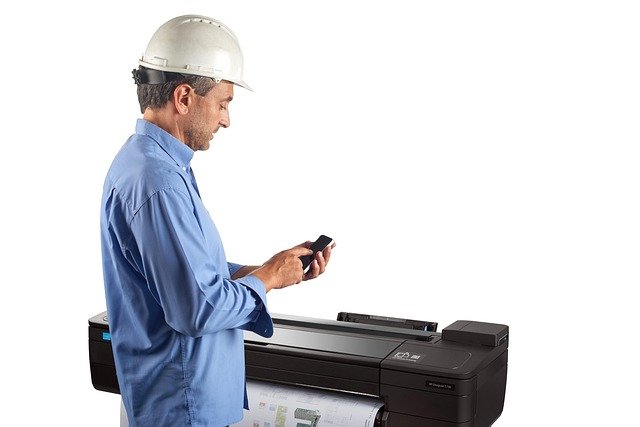Phone Cases: Materials, Protection, and Design Choices
A phone case is more than an occasional fashion choice — it’s a practical accessory that affects how you use and protect a smartphone. Cases range from slim covers that preserve a phone’s profile to rugged shells engineered for drops, and they can also reflect personal style through color, texture, and design elements. This article explains common case types, how design and technology affect protection, compatibility considerations, and sustainable options to help you choose a case that fits daily needs.

phone case: types and protection levels
Phone cases fall into clear categories: slim/skin cases, hybrid cases with shock-absorbing layers, folio/wallet styles, and heavy-duty rugged shells. Slim cases prioritize minimal bulk and basic scratch protection, while hybrid and rugged cases combine materials like TPU (thermoplastic polyurethane), polycarbonate, and sometimes metal to absorb impact and redirect shock away from the smartphone. Look for raised bezels to protect screens and camera rings to shield lenses. Consider the trade-off between protection and bulk: greater impact resistance usually adds weight and thickness to the device.
smartphone compatibility and fit
Compatibility is crucial: a case must align with your smartphone’s buttons, ports, cameras, and wireless charging coils. Manufacturers often design phone cases for specific phone models and even different model years. Universal sleeves exist but limit access to ports and buttons. Check cutouts for microphones and speaker grilles and confirm whether a case supports magnet-based accessories or hands-free mounts. Thin cases generally support wireless charging; thicker or metal-backed cases may block it. Proper fit ensures that protective features like port covers or air-cushion corners function as intended.
accessory functions beyond protection
Many modern phone cases double as accessories with added functionality. Wallet cases include card slots and ID windows; kickstand cases enable hands-free viewing; modular cases let you attach camera grips or battery packs; and magnetic systems let you mount phones to car vents or tripods. Some cases are designed to enhance grip or include antimicrobial coatings for hygiene. When choosing accessory features, assess whether they introduce bulk or limit compatibility with docks and car chargers. Accessory-focused cases can simplify everyday carry but may require specific maintenance or replacement parts.
design considerations: materials and aesthetics
Design combines materials science with aesthetics. Common materials include silicone and TPU for flexibility, polycarbonate for rigidity, leather and vegan leather for appearance, and fabric for texture. Clear cases showcase the smartphone’s original finish but may yellow over time depending on the polymer chemistry. Colorfast dyes, printed patterns, and embedded textures offer visual personalization. Consider tactile factors (slip resistance, cold/heat transfer) as well as longevity — stitched leather ages differently than molded plastics. For style-conscious buyers, many designers offer interchangeable backplates or decorative inserts so the case can evolve with personal tastes.
technology in cases: protection, sensors, and sustainability
Advances in case technology include multi-layer shock absorption, embedded magnets compatible with ecosystem accessories, and integrated battery packs. Some cases have engineered air pockets or fluid-dampening materials to dissipate impact energy. Others incorporate RFID shields for wallet functionality. On the sustainability front, brands are experimenting with recycled plastics, bioplastics, and compostable materials, though performance can vary. Also note sensor compatibility: cases should not obstruct proximity sensors, cameras, or LiDAR modules used by some smartphones. When possible, consult manufacturer specifications to confirm that technological features won’t interfere with device functionality.
Environmental impact and end-of-life considerations are becoming more important. If you prioritize sustainability, seek cases with clear recycling programs or take-back options instead of single-use plastics. Real-world longevity tends to be the best sustainability metric: a durable case that protects a device for years reduces the overall footprint compared with frequently replaced low-cost covers.
Conclusion
Choosing a phone case comes down to balancing protection, compatibility, and personal style while considering how materials and technology affect everyday use. Assess the level of drop protection you need, confirm that ports and sensors remain accessible, and weigh accessory features against added bulk. If environmental considerations matter, investigate materials and manufacturer recycling or take-back policies. A well-chosen case can extend a smartphone’s lifespan, refine usability with useful accessory features, and reflect personal design preferences without compromising core device functions.





